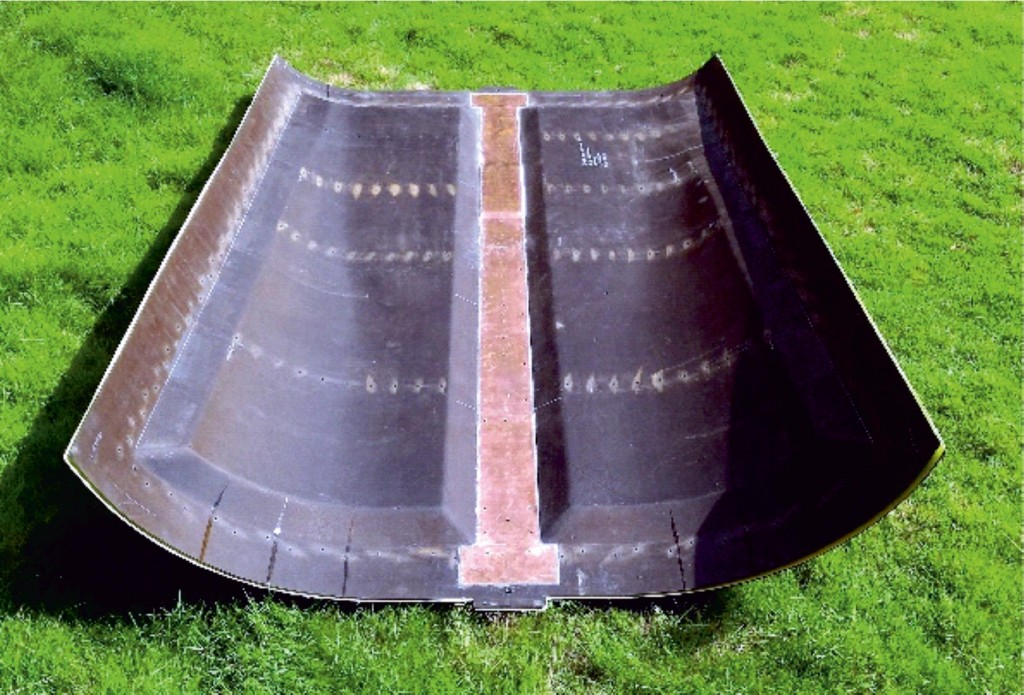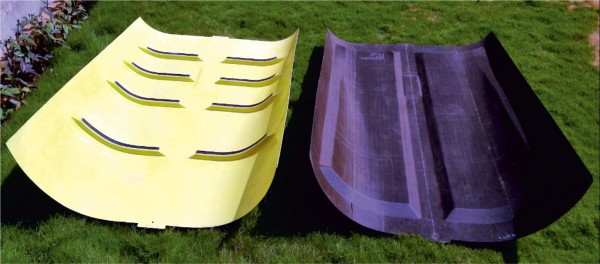
Design and Development of composite structures (using Bismaleimide-BMI prepregs)
to withstand service temperature upto 200⁰C
Most of the composite structures for the aircraft are developed using carbon-epoxy prepreg material system which can withstand a maximum service temperature of about 120ºC temperature. Due to this limitation, epoxies cannot be used in hot zones like areas in the vicinity of engine. For temperatures upto 200ºC, industry has successfully used BMI resins for designing the structures. The processing of Carbon-BMI prepregs is very tricky, because the resin become very thin at higher temperatures and retaining the resin within laminate becomes a major challenge. They emit volatiles and moisture during curing. Therefore, proper venting is necessary during the curing of these resins; otherwise, it may cause process related defects such as voids and delaminations. ACD has worked extensively on processing of cocured structures with BMI prepregs and a co-cured engine bay door was developed for LCA-Tejas aircraft. BMI engine bay door has undergone successful qualifications tests in the form of structural loading at 180⁰C and cleared by relevant regulatory authorities for flights.
ACD has the processing capability to produce highly contoured integral structures to resist temperature up to 200⁰C for any engineering field using carbon-BMI prepregs.
The complete technology package for manufacturing a cocured structure consists of
1. Conceptual level studies and layout preparation
2. Design of test matrix as per Building Block approach for design allowables and special features
3. Global and detailed FE analysis and stress reports for certification
4. CAD Models and Detail drawings for manufacturing
5. Design, development and qualification of external and internal tools
6. Manufacturing of cocured part and qualification by NDE using ultrasonic inspection and dimensional inspection
7. Extensive QA/QC documentation for materials, processes and equipment

Engine Bay door Parts

 English
English हिन्दी
हिन्दी

